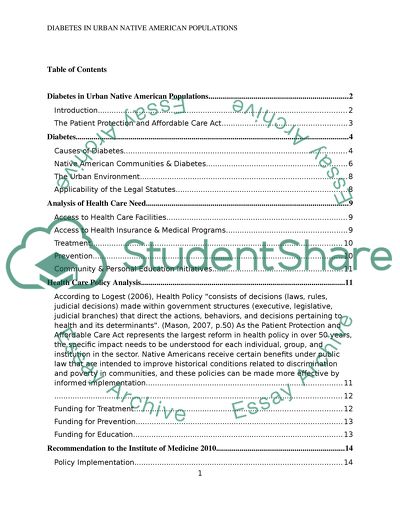Cite this document
(“Diabetes in Urban Native American Populations Research Paper”, n.d.)
Retrieved from https://studentshare.org/health-sciences-medicine/1428025-prevention-of-diabetes-across-the-life-span-in-the
Retrieved from https://studentshare.org/health-sciences-medicine/1428025-prevention-of-diabetes-across-the-life-span-in-the
(Diabetes in Urban Native American Populations Research Paper)
https://studentshare.org/health-sciences-medicine/1428025-prevention-of-diabetes-across-the-life-span-in-the.
https://studentshare.org/health-sciences-medicine/1428025-prevention-of-diabetes-across-the-life-span-in-the.
“Diabetes in Urban Native American Populations Research Paper”, n.d. https://studentshare.org/health-sciences-medicine/1428025-prevention-of-diabetes-across-the-life-span-in-the.


